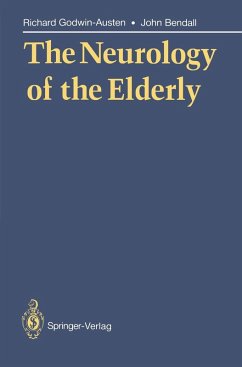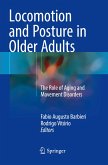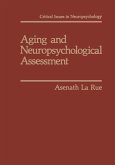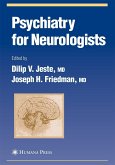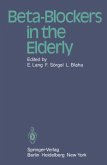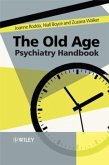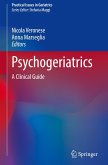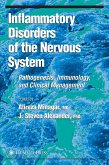Traditional methods in the clinical practice of neurology have dominated clinical teaching in this specialty for about 100 years. Essentially these methods involve meticulous attention to detail and the recording of clinical facts. Thus the clinical history must be recorded chronologically, preferably in the patient's own words, and of the nervous sys followed by a carefully structured examination tem set out in such a way as to allow the precise localisation of the lesion or system involved. Clinical neurology taught and practised in this way has bred generations of neurologists throughout the world and raised the standards in the specialty to a level where clinical skills are probably unexcelled in any other specialty. With increasing availability and reliance upon non-invasive imaging techniques, the need for these skills in large areas of neurological practice has diminished. But perhaps more importantly, the classical clinical methods in neurology were developed when the elderly population was much smaller and when the specialty of geriatrics did not exist. As a result, much of the methodology is irrelevant or unreliable in of geriatrics will frequently the elderly population and the student find himself searching in vain in the textbooks of neurology for help in assessing an elderly patient with an atypical presentation (for example disturbance of balance or recurrent confusional episodes) of some common neurological disorder.
This is a personal but authoritative guide written by two experienced clinicians for those practitioners and hospital specialists faced occasionally with a neurological problem in an elderly patient. The authors give practical guidance in the diagnosis and management of common neurological problems in the elderly: problems such as "confusion" and dementia, gait disturbance, visual problems, incontinence, disturbance of consciousness and loss of use in the hands. The problem-oriented, clinical approach is tailored to the needs of specialists looking for supplements to the comprehensive texts that describe classical history-taking and examination methods but, in many cases, do not help solve the problems encountered in everyday practice.
Kein umfassendes Lehrbuch - wohl aber ein praktischer Führer bei der Diagnose und Behandlung allgemeiner Probleme der Klinischen Neurologie des alternden Menschen.
Hinweis: Dieser Artikel kann nur an eine deutsche Lieferadresse ausgeliefert werden.
This is a personal but authoritative guide written by two experienced clinicians for those practitioners and hospital specialists faced occasionally with a neurological problem in an elderly patient. The authors give practical guidance in the diagnosis and management of common neurological problems in the elderly: problems such as "confusion" and dementia, gait disturbance, visual problems, incontinence, disturbance of consciousness and loss of use in the hands. The problem-oriented, clinical approach is tailored to the needs of specialists looking for supplements to the comprehensive texts that describe classical history-taking and examination methods but, in many cases, do not help solve the problems encountered in everyday practice.
Kein umfassendes Lehrbuch - wohl aber ein praktischer Führer bei der Diagnose und Behandlung allgemeiner Probleme der Klinischen Neurologie des alternden Menschen.
Hinweis: Dieser Artikel kann nur an eine deutsche Lieferadresse ausgeliefert werden.

